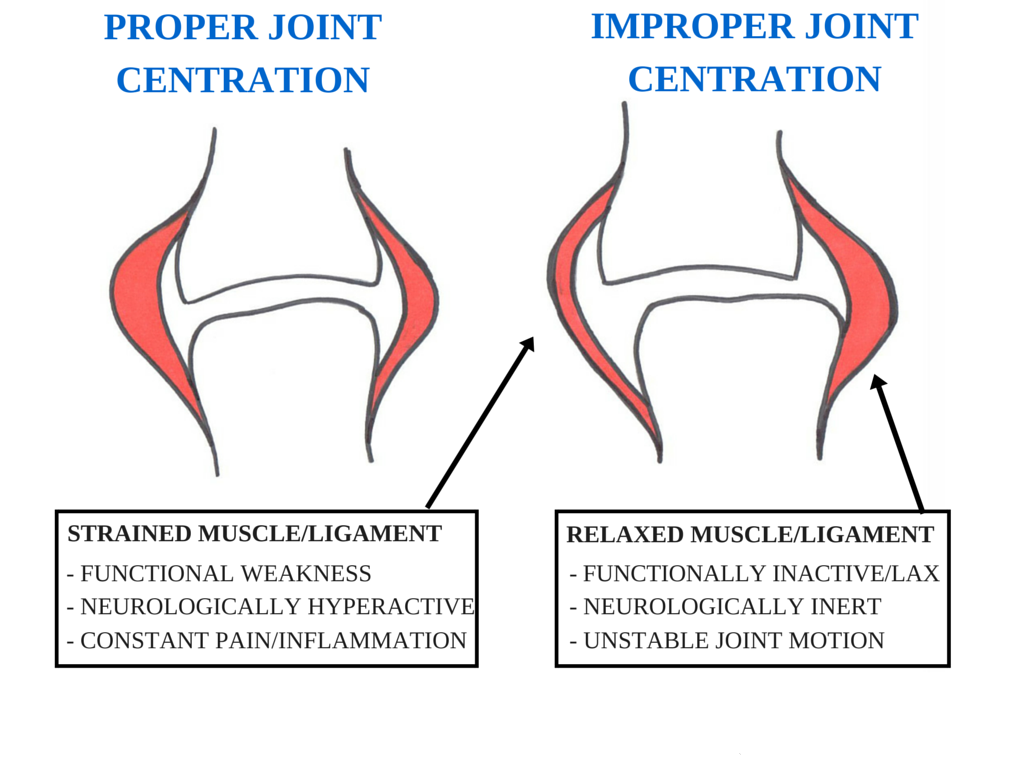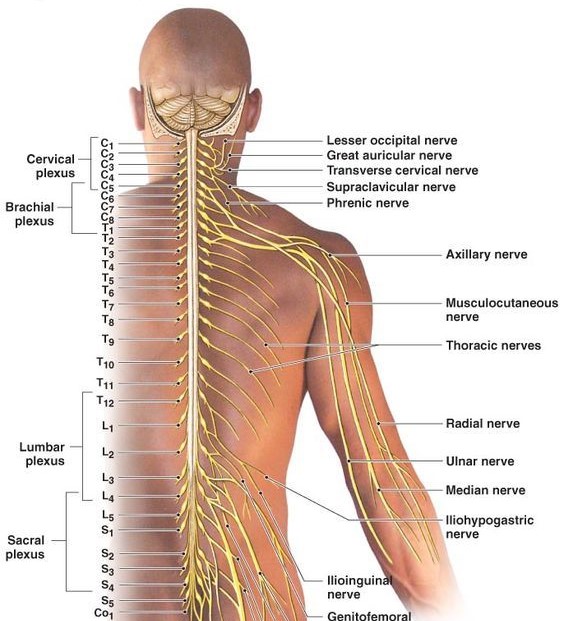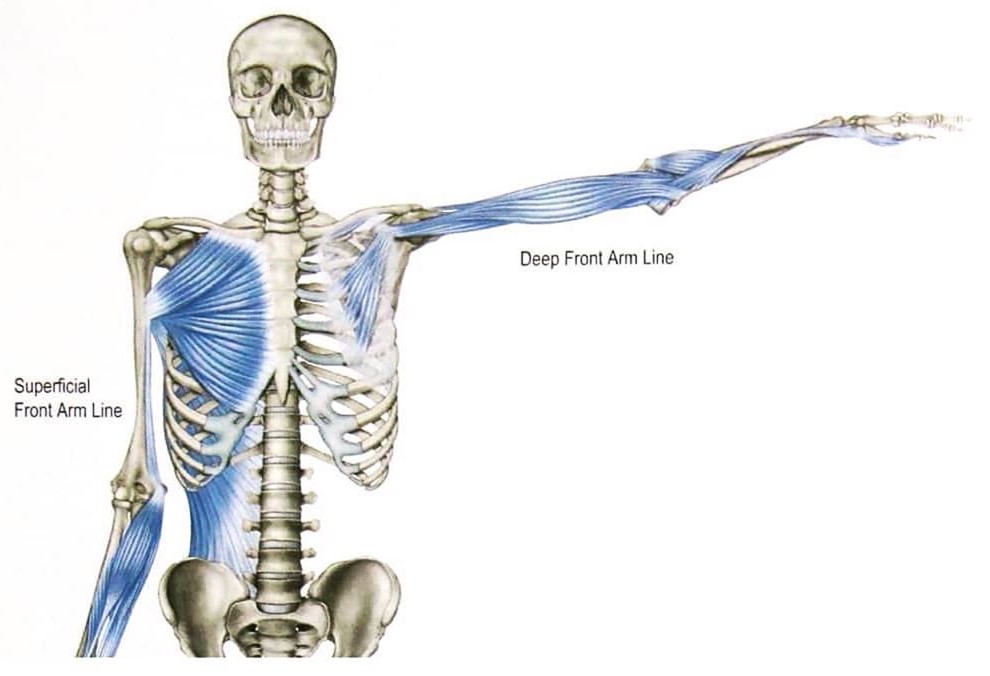Understanding Wrist and Hand Pain
Dr Alexander Green
NOVA Headache & Chiropractic Center
The goal of this article is to give you a better understanding of how the wrist and hand work. In future posts, we will also provide you with injury prevention strategies to keep these areas functioning optimally. Let’s begin this discussion by first covering the anatomy and biomechanics of these regions.
There are 27 bones in the hand, and 8 in the wrist. To stabilize and move these bones, there are a corresponding 34 muscles- only 17 of which are in the palm of the hand. The remaining 18 muscles that act on the hand are located in the forearm. Proper function of the joints of the hand and wrist is contingent on many different factors- the first of which is symmetry of muscle activation. In the body, every joint is surrounded by muscles that contribute to stability both when static and when moving. In the hand there are groups of muscles that curl the fingers (flex) and another group of muscles that straighten the fingers (extend). This situation being described is present in the wrist as well, and a balance between these opposing muscle groups is necessary in order for the joint to remain stable and in proper alignment. Proper alignment of the joints is necessary because it will maintain joint centration. When joint centration is achieved, the cartilaginous surfaces of the joint can move across each other with minimal friction. This along with the proper function of the muscles, decreases the likelihood of injury or premature wear to the cartilage. Joints that are de-centrated are not in proper alignment, which creates friction between the cartilage surfaces (leading to early onset degeneration aka arthritis) and will also make it difficult for the muscles that act on that joint to function properly (some muscles will become weak/underactive, while other muscles will become overactive/spastic). To make a long story short- a de-centrated joint is an unstable joint, and an unstable joint is one that is more susceptible to injury.
Now that we have some of the general concepts out of the way, let us take a deeper dive into the mechanics that influence the function of the wrist and hand. The nerves that control the muscles of the wrist and hand originate in the neck. They exit through holes between the spinal bones, travel down into the shoulder, arm, forearm, and through the carpal tunnel, before reaching their destination in the hand. Because of this, pain in the wrist and hand can often be the result of nerve compression anywhere along where these nerves travel. When working with a patient who has wrist or hand pain, it is important to evaluate all of these areas, so as not to miss any potential causes of the issues that they are having. It is always wise to look at the big picture, and because of this we also have to discuss a few other anatomical structures that influence the function of the wrist/hand complex. These structures are called the deep and superficial arm lines. These lines are groups or “trains” of muscles and connective tissues that start in the hand, and wind their way around the forearm and arm, all the way back up to the shoulder blade and the thoracic spine (middle and upper back). Therefore, what happens in these regions, will directly influence the stability of the joints of the wrist and hand.
In conclusion, the wrist and hand are incredibly complex structures that are influenced by the symmetry of the muscles that act directly on those joints, as well as the stability of the cervical (neck) spine, the thoracic (middle and upper back) spine and the shoulder. The pain that you may be experiencing in the wrist and hand may be the result of injury to the connective tissues or muscles in the area, or it may be due to nerve compression in the neck, shoulder, or carpal tunnel in the wrist itself. The difficulty of dealing with the complexity of this system, is that there may be multiple problems that are causing the pain- remember that you are allowed to have more than one issue at a time! In the next update, I will be going over some rehabilitative exercises that can help you avoid injury. Stay tuned!








